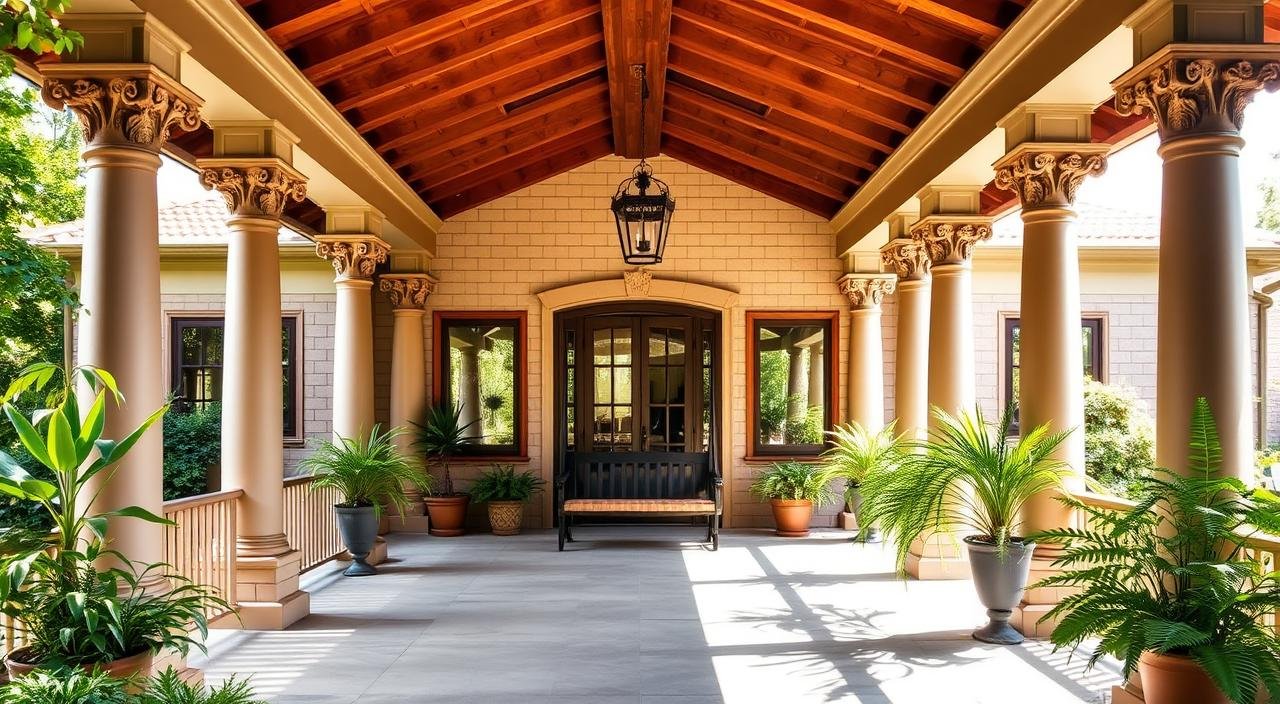Modern Architectural Designs: 10 Tips To Transform Your Home.
Understanding Modern Architectural Designs
Modern architectural designs are making quite the splash when it comes to shaping the places we call home. If you’re a homeowner or just someone who loves to dabble in interior design, you might find yourself wondering what all the fuss is about modern architecture.
Well, to break it down, modern architecture is all about simplicity and practicality. It zeroes in on the needs and experiences of people living in these spaces. Think minimalist vibes with clean lines and tidy areas that create a cozy atmosphere—perfect for lifting your mood at home! 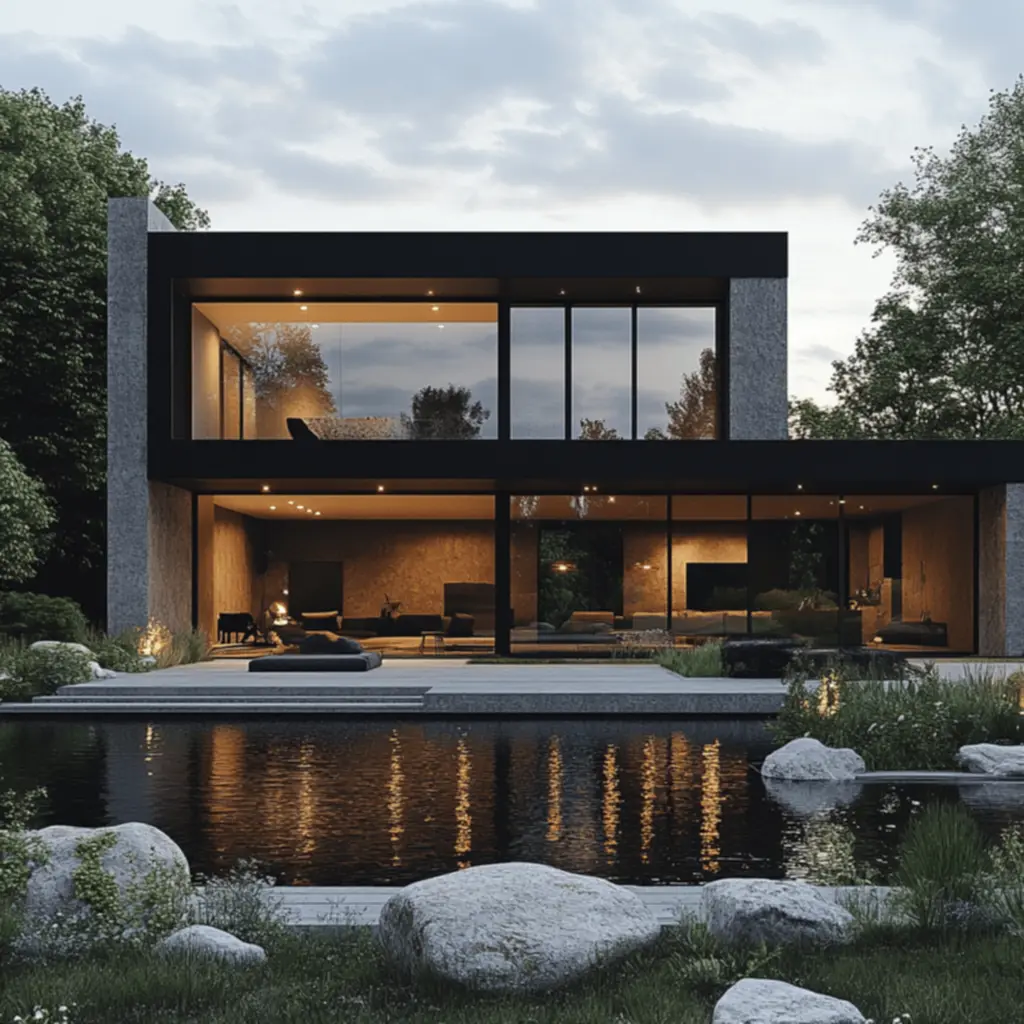
What’s really cool about modern architectural designs is their ability to flex and adapt to how we live today. These designs urge creativity when it comes to using space, letting you arrange things in ways that fit your ever-changing lifestyle. It’s way more than just building structures; modern designs aim to craft experiences that resonate on an emotional level with everyone living there. This is especially appealing for folks who are looking to either build or revamp their spaces to truly reflect who they are and how they want to live their lives. 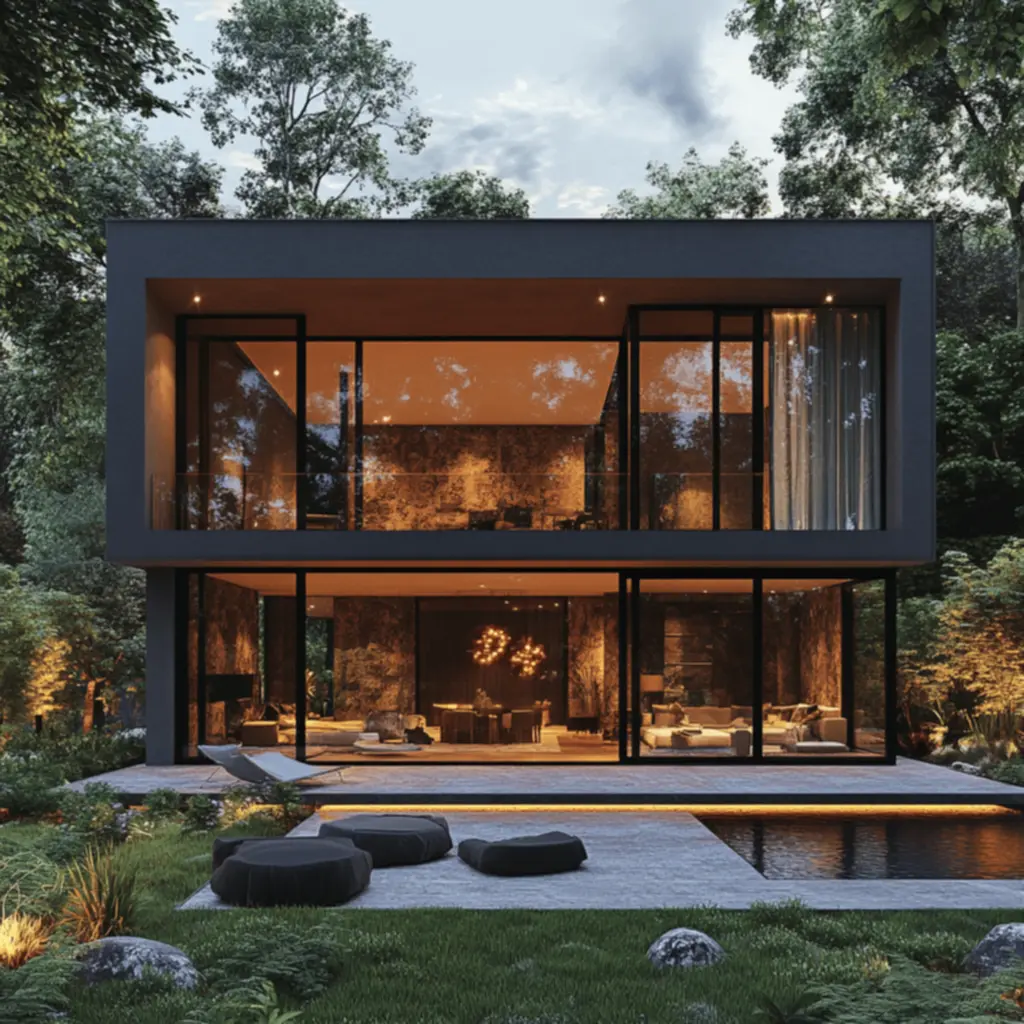
As we dig a bit deeper, we see how modern architecture often teams up with cutting-edge materials and technologies that not only make the spaces more usable but also eco-friendly. It quickly becomes clear that modern architectural designs are not just about looking good; they’re about crafting living environments that harmonize with our lives.
The Evolution from Traditional to Modern Architecture
To really wrap our heads around modern architectural designs, we’ve got to take a peek back at how architecture has evolved from traditional styles. In the past, architecture was closely linked to cultural expressions, filled with ornate details and intricate designs that mirrored society’s values of the time. But hey, as we’ve moved forward, our needs and desires have too! The shift towards modern architecture signals a break from those traditional molds, welcoming a fresh approach to design that is all about function and simplicity.
A major player in this architectural shift was the industrial revolution. With new materials like steel and glass stepping onto the scene, architects began breaking free from heavy old stone and timber structures. This transition opened the door to larger, open spaces—something modern designs really lean into. As we headed into the 20th century, the architectural game changed drastically with fresh ideas about how light and space could interact. 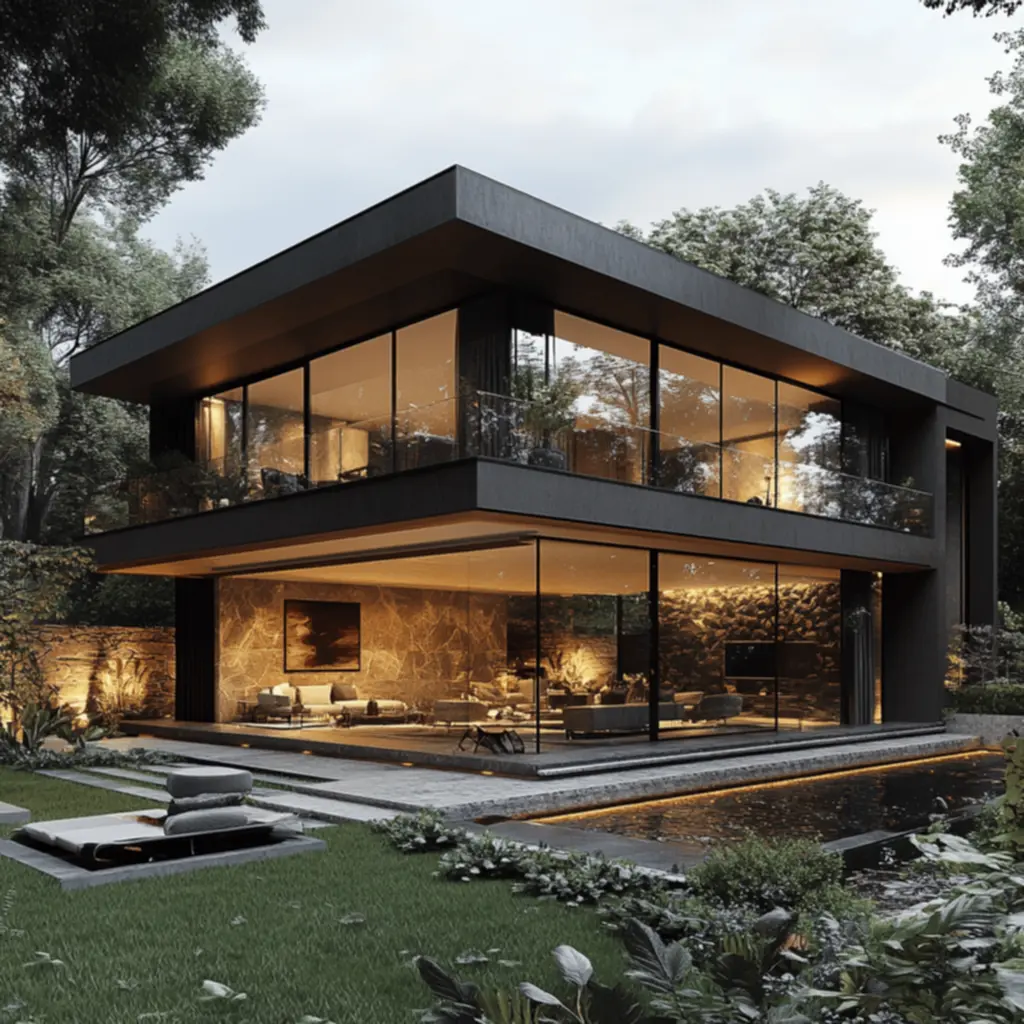
So, modern architecture isn’t just some design trend; it’s a reaction to the changes in society. It captures our collective desire for innovation and practicality, laying down a foundational framework for future development in architecture. This historical context enriches our appreciation of modern designs and highlights the thought and intention behind their creation.
Key Characteristics of Modern Architecture
When we chat about modern architectural designs, there are some key features that really stand out. For starters, simplicity is king! Modern buildings usually put straightforward lines at the forefront, boasting clean exteriors with no unnecessary frills. This minimalist angle not only looks good but also creates a calming vibe inside the space.
Another defining characteristic is the use of geometric shapes. Unlike the traditional styles that often feature arches and columns, modern designs love sharp angles and flat surfaces, leading to some unique and adventurous structures that flip conventional ideas of buildings on their heads. Homeowners are increasingly drawn to these designs for their bold aesthetic and striking presence. 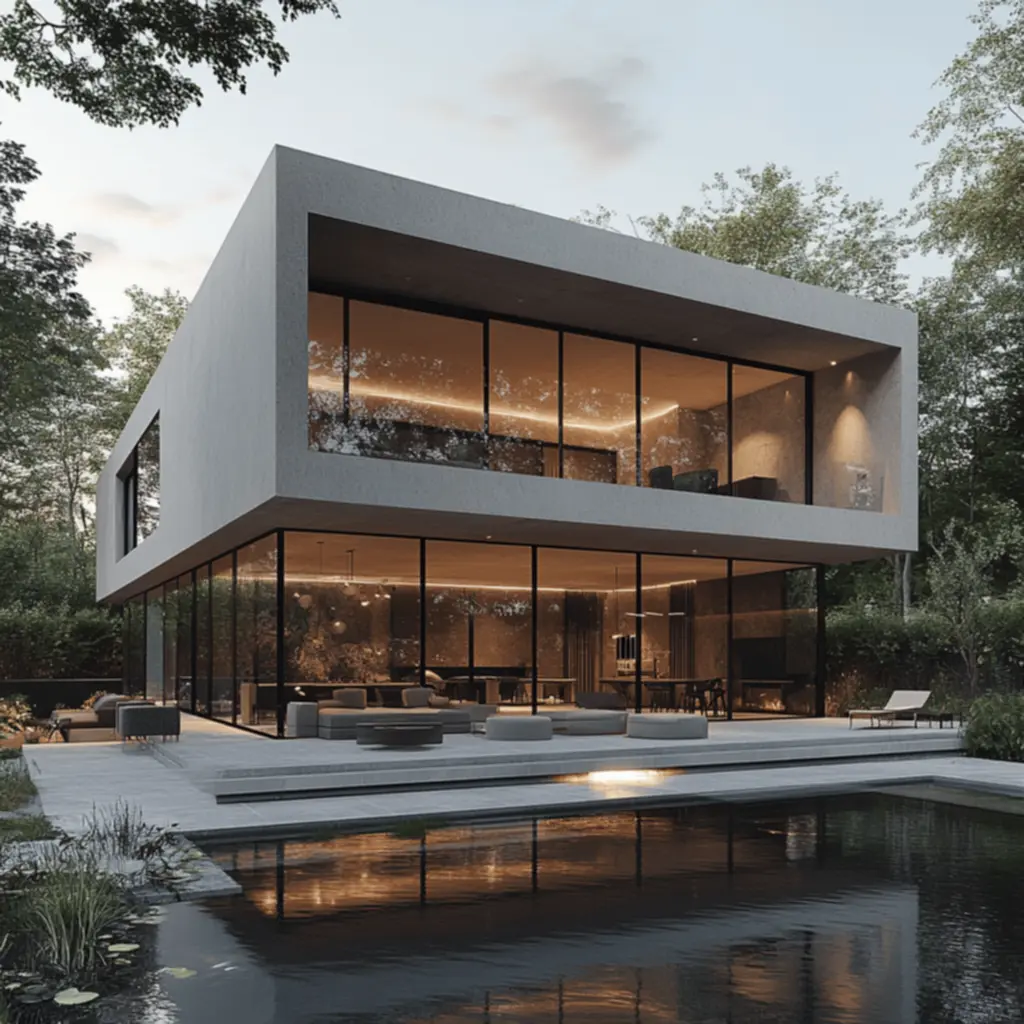
But there’s more! Modern architecture pushes for open spaces, maximizing the flow of natural light and fresh air throughout the home. Picture breathtaking open-concept layouts that minimize barriers between living areas and bring that seamless indoor-outdoor link to life. With functionality at the core, modern architecture enables easy movement around the space, fostering connections among family and friends.
Simplicity in Design: The Core Principle
Simplicity isn’t just a choice in modern architecture; it’s the driving force behind the entire philosophy. The idea here is to strip away anything that distracts from the design’s true essence. Every time I explore different modern designs, I’m genuinely amazed by how less can be so much more. This vibe resonates with folks like us who are after that peaceful feeling in our sometimes chaotic lives.
Going for simplicity doesn’t mean you have to let style take a back seat. Modern designs actually celebrate the beauty found in unobtrusive elements, creating an aesthetic that feels focused and elevated. For homeowners, this means you can enjoy a polished look without your surroundings overwhelming your senses. Plus, let’s be real—simpler designs tend to be easier to maintain and keep organized, which is a major win! 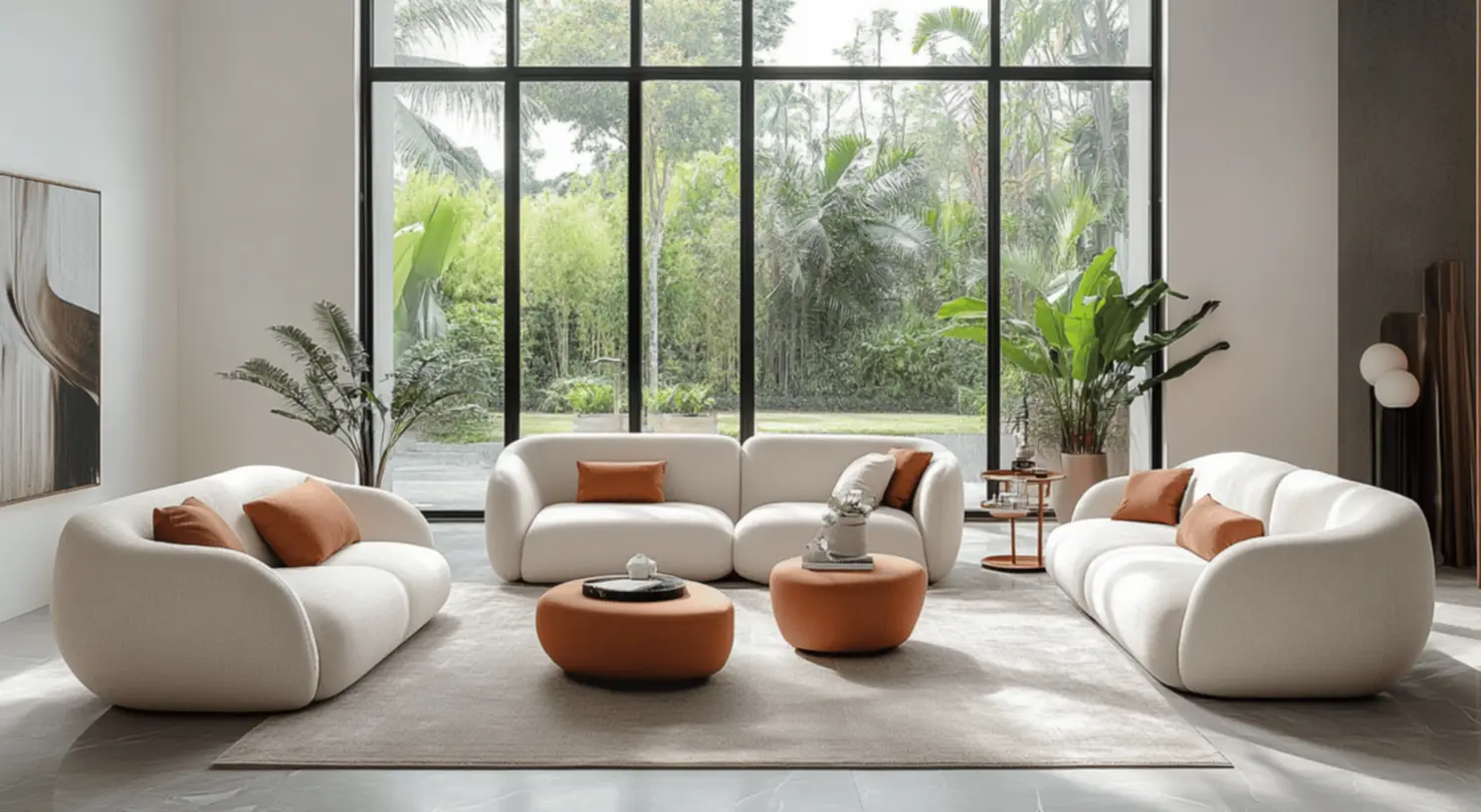
These designs typically showcase open floor plans and minimalist furniture setups, giving homeowners the freedom to add their personal touch without overcrowding their space. At the end of the day, sticking to simplicity makes our homes feel more inviting and serene—something we can all vibe with, right?
Geometric Shapes: A Hallmark of Modern Architecture
When we talk about modern architectural designs, geometric shapes pop up as one of the key hallmarks. They add this refreshing and innovative flair that sets modern constructions apart from earlier styles. As I dive into different modern designs, I often get lost in how architecture can play with shapes to create some seriously stunning visuals. Think triangles, rectangles, and polygons working together to bring structure and organization to the daily chaos we all navigate.
The appeal here goes beyond just looks. These geometric forms enhance how natural light flows through the space, ensuring that interiors stay warm and inviting. Take angled roofs, for instance; they not only showcase style but also help with water drainage, which is a nod to sustainability. 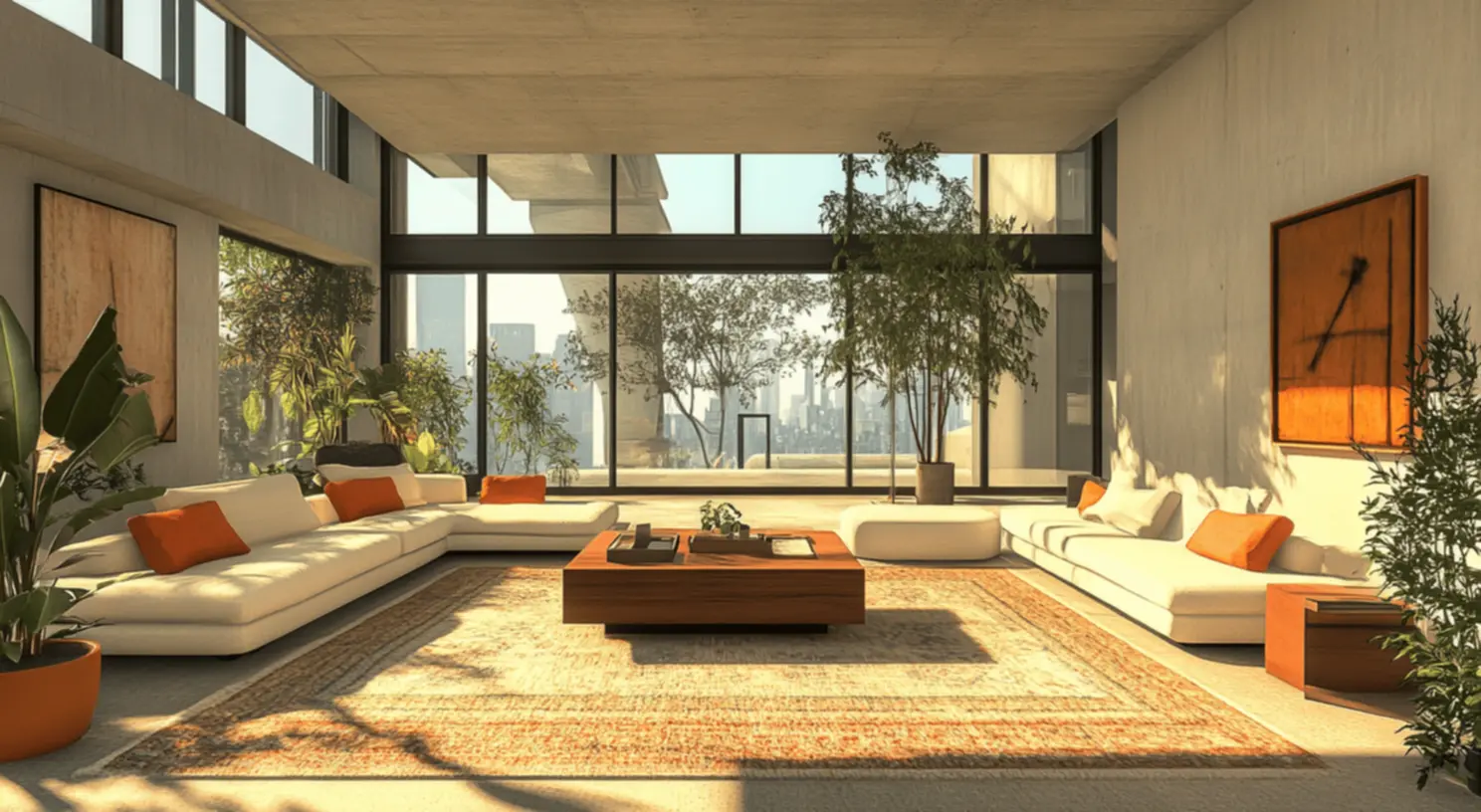
Throughout the design journey, focusing on geometric shapes brings balance and symmetry into modern architecture—two key elements for crafting a living space that feels cohesive. For homeowners, that means a pad that’s both elegant and practical, which is a key factor we often seek.
Open Spaces: The Emphasis on Flow and Functionality
Open spaces have become the go-to signature of modern architectural designs, marking a notable shift from the closed-off rooms of traditional homes. Emphasizing flow and functionality creates a vibe where everyone feels a little more connected, making houses feel bigger and way more welcoming. When I chat with other homeowners and design fanatics, there’s a universal appreciation for how these open spaces can really elevate our living experiences.
One major perk of having open layouts is the boost in natural light. With fewer walls blocking sunlight, rooms are brighter and cheerier. This setup creates a warm, inviting space where families can come together and bond—something that can get stifled in more segmented layouts.
Additionally, an open design lets homeowners personalize their areas with ease. With everything blending beautifully, it opens up the possibility for creating different zones that fit various activities, whether it’s chilling out, having fun, or getting some work done. Ultimately, embracing open spaces in modern architectural designs leads to a lifestyle that many of us find ourselves dreaming about. 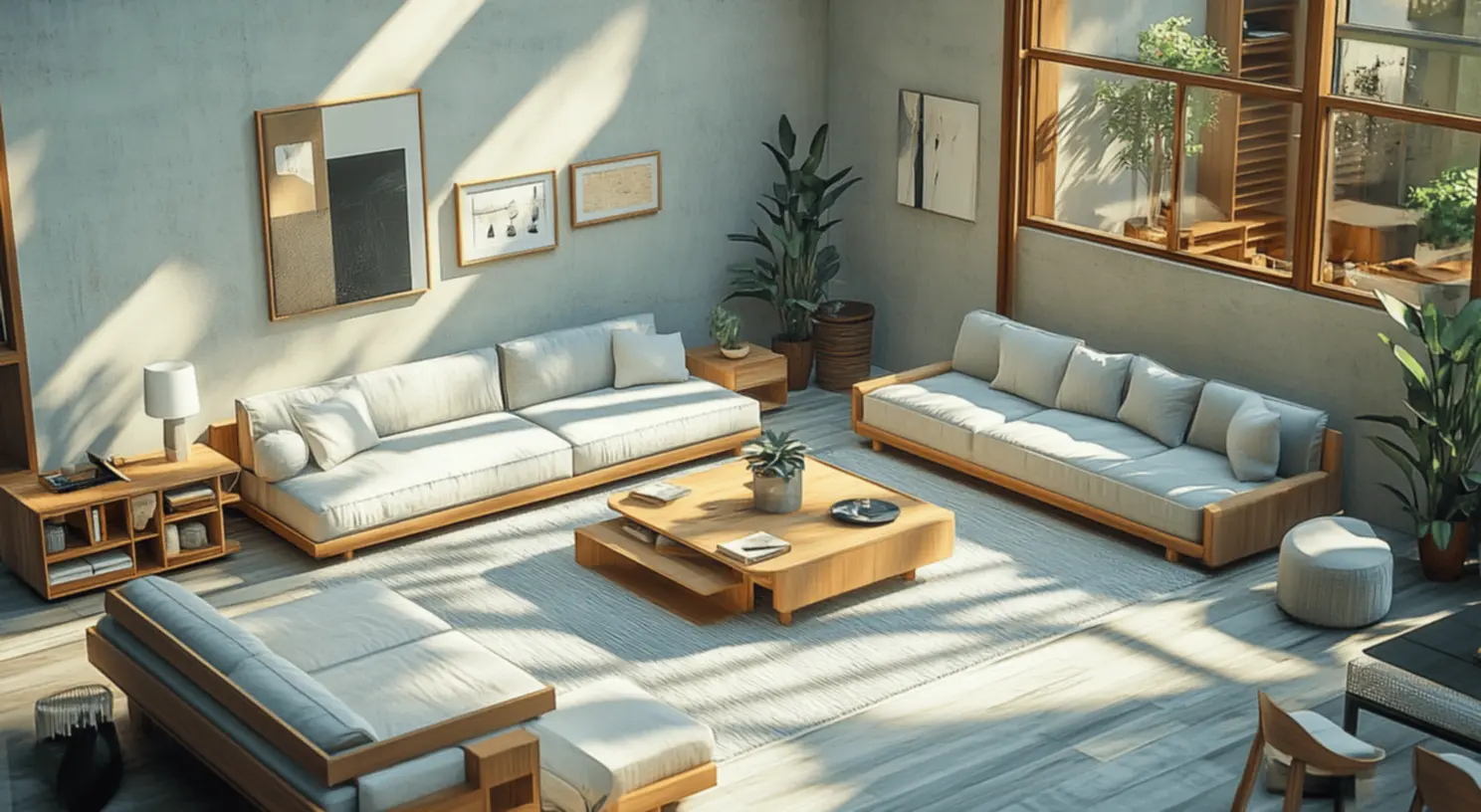
Innovative Materials: Glass, Steel, and Concrete
Choosing the right materials is key in modern architectural designs. Using innovative elements like glass, steel, and concrete can turn a home into a style statement while also promoting sustainability. These materials don’t just serve a purpose; they’re central to the philosophy of modern architecture. The transparency of glass fosters a seamless connection between indoor and outdoor spaces, inviting nature into our homes.
Steel is an incredible option known for its strength, allowing architects to create those expansive and bold structures we love. This means that airy, spacious layouts often become a defining feature in modern homes. Meanwhile, the raw elegance of concrete enhances aesthetic appeal, making it versatile enough to take on various forms and finishes. 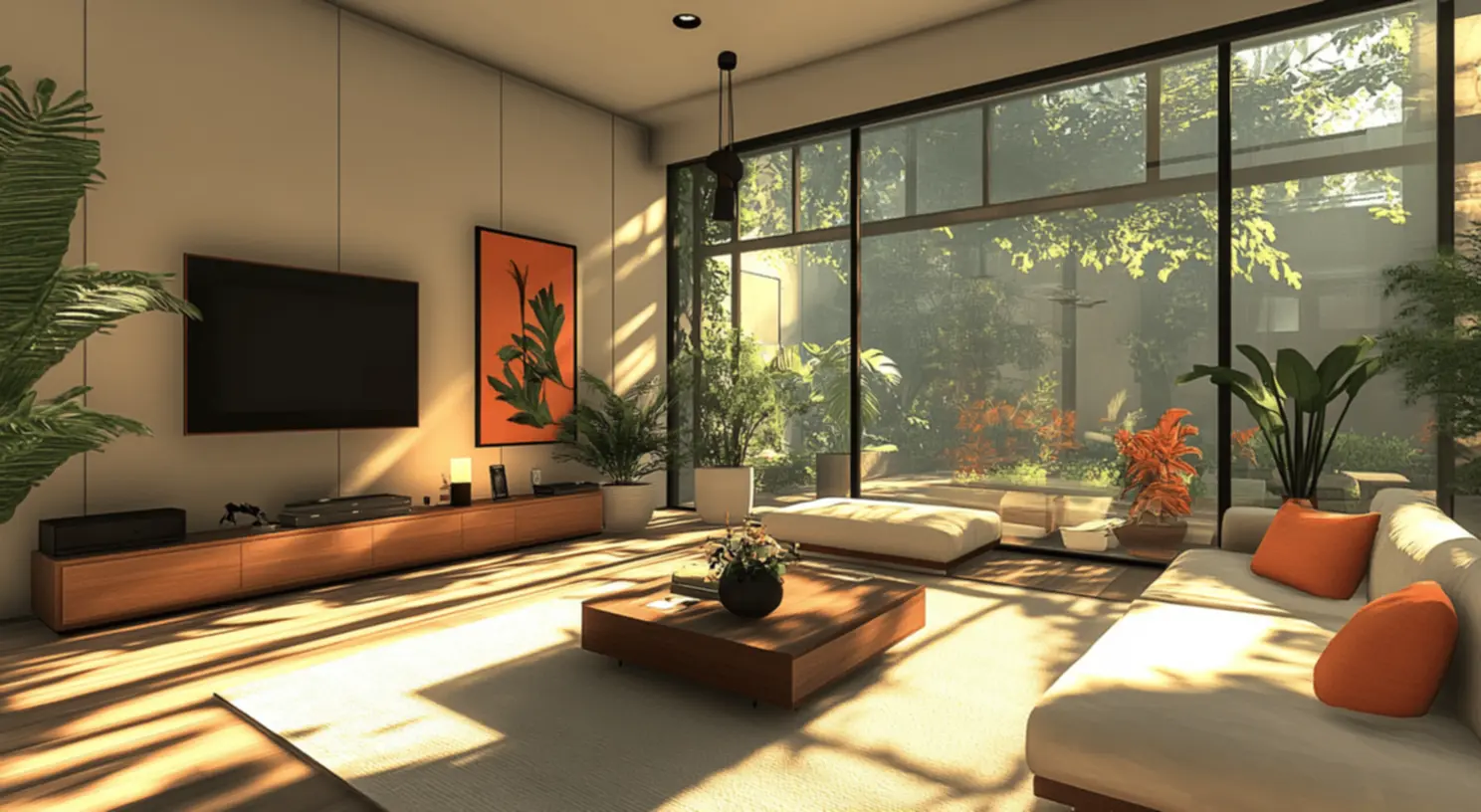
When it comes to material selection, considering durability and eco-friendliness is essential. Modern architecture champions the use of sustainable options without compromising on looks. This approach not only shrinks our ecological footprint but also brings a sleek, contemporary style that resonates with homeowners today.
Visual Symmetry in Modern Designs
Visual symmetry is a really striking feature that often pops up in modern architectural designs. When done well, symmetry promotes balance and harmony, making spaces visually satisfying. As I explore various designs out there, I often notice that symmetry is a key player in achieving a sense of order—which is something a lot of us look for, especially when we want our homes to feel tranquil.
But it’s not all about how things look; symmetry can also boost functionality. Key focal points in a space, like a stunning fireplace or a captivating art piece, draw the eye and create cohesion, particularly in an open floor layout. Thoughtful symmetry in window placements can maximize natural light and improve energy efficiency, creating a warm and vibrant living space.
By weaving visual symmetry into modern architectural designs, homeowners can curate an environment that feels balanced and orderly, contributing to an overall sense of peace and wellbeing.
Flat and Low-Pitched Roofs: A Signature Style
Flat and low-pitched roofs are the signature styles that help define a lot of modern architectural designs. These roofs amp up the overall aesthetic, adding a contemporary flair while making the transition from the exterior walls feel super sleek and unified. While traditional homes often sport those steeply sloped roofs, modern designs tend to embrace a more minimalist vibe that blends roofs right into the home’s overall look.
One of the biggest perks of flat roofs is the versatility they provide. They can double as functional outdoor areas—imagine rooftop gardens or patios where you and your family can unwind while soaking up some stunning views. Such activities get us closer to nature, reshaping our relationship with our living spaces.
Plus, low-pitched roofs minimize material consumption, aligning beautifully with the sustainable values that run through modern architecture. For homeowners, this means creating a unique home that stands out while also resonating with eco-friendly lifestyles.
The Philosophy of “Less is More”
At the heart of modern architectural designs lies the philosophy of “less is more.” This idea encourages stripping down to the essentials, letting the beauty of simplicity shine through. As I chat with fellow home decorators, this ethos speaks to many of us. We all seem to appreciate how it crafts those calm, stylish spaces we long for.
By adopting the “less is more” mindset, homeowners can emphasize quality over quantity. It encourages focusing on a few statement pieces instead of cluttering spaces with too many accessories. This approach paves the way for a minimalist lifestyle where tranquility and order can flourish side by side.
Furthermore, this philosophy promotes a mindful selection of decor. Every single element in the home gains significance, enhancing the whole aesthetic and functionality. So, it’s all about transforming our living spaces into uplifting havens that reflect our personalities without overwhelming us—definitely a goal worth striving for. 
Iconic Examples of Modern Architectural Designs
Let’s take a moment to admire some iconic examples of modern architectural designs that continue to inspire us and redefine what residential spaces can be. Think about stunning structures like the Barcelona Pavilion and Villa Savoye—these are prime examples of modern design principles in action. They boldly challenge the norms and make full use of innovative materials and forms.
As I explore these architectural gems, I’m often captivated by how they engage with light and space in such unique ways. These buildings showcase how modern architecture can shake off conventional ideas to craft spaces that marry originality with practicality. Such inspirations motivate many of us to incorporate modern aesthetics into our own designs! Influential architects like Frank Lloyd Wright and Ludwig Mies van der Rohe leave behind a legacy that still resonates today. Their works continue to spark creativity in contemporary homeowners, encouraging us all to think outside the box and embrace a fresh perspective in our own spaces.
Incorporating Modern Design Principles into Residential Architecture
For homeowners looking to dive into modern architectural designs, weaving key principles into residential architecture can turn into a fun adventure! Start out by assessing your space and see how open layouts can boost flow and functionality. Opportunities to seamlessly blend indoor and outdoor areas can create that wonderful connection with nature that nurtures relaxation.
Also, focus on incorporating modern materials like glass and steel to let in plenty of natural light. Opt for furniture and decor that adhere to that “less is more” principle, and you’ll create an atmosphere that radiates simplicity and elegance. It’s all about seeing every detail of your home as a chance to express your creativity without the worry of overwhelming the senses.
And remember, your space is unique! Infusing modern design principles allows you to tailor everything to your personal style while keeping functionality at the forefront. The end result is a modern home that’s also distinctly yours! 
| Feature | Description | Benefits |
|---|---|---|
| Open Spaces | Minimized barriers create a seamless flow between areas. | Enhances connectivity and allows for natural light. |
| Geometric Shapes | Utilizing sharp angles and innovative forms in designs. | Adds unique character and stunning visuals to structures. |
| Innovative Materials | Incorporation of glass, steel, and concrete. | Promotes sustainability and modern aesthetic. |
| Visual Symmetry | Balanced and harmonious designs that enhance order. | Creates tranquil and inviting atmospheres. |
Tips for Renovations with Modern Architectural Features
When it comes to tackling renovations, think about weaving in those modern architectural features that can take your home’s vibe up a notch! Start by embracing open-concept layouts that encourage fluidity between spaces. Ditch those bulky walls and consider glass partitions for a breezy, spacious feel flooded with natural light.
Plus, don’t forget about integrating sustainable materials that add a modern twist while supporting eco-efficiency—stuff like bamboo flooring or recycled countertops is a smart choice. Opting for a neutral palette on walls and larger furniture pieces gives you that sophisticated base, allowing colorful decor items to pop without overwhelming the space.
When you focus on these tips for incorporating modern architectural features during renovations, you’ll create a home that embodies contemporary style and practicality, making it one you can truly feel proud to call your own.
Challenges and Considerations in Modern Design
Now, while modern architectural designs come with a lot of perks, there are also some challenges and things to weigh in on that homeowners should keep in mind. Making the leap from traditional styles to modern aesthetics can be quite the journey and might require a shift in how we think. Embracing minimalism could mean parting ways with sentimental items, and that can feel overwhelming for some.
Then there’s the open layout challenge—thinking about how privacy and sound might impact your living space. Homeowners need to find clever ways to manage noise levels, particularly in those roomy, open spaces. Coming up with solutions that keep your home feeling serene while sticking to modern design principles might take a bit of planning and creative thinking.
Lastly, making sure your modern designs fit in cozy with the surrounding environment while still showcasing your personal style is super important. Finding that balance between modern aesthetics and the character of the community takes careful consideration, ensuring these designs feel like a natural fit. 
Future Trends in Modern Architectural Designs
As we peek into the future, there are some thrilling trends emerging that are poised to shape modern architectural designs. Sustainability is definitely at the forefront, with more architects focusing on creating eco-friendly homes that harmonize with the natural surroundings. Keep an eye out for modular construction methods and energy-efficient materials gaining traction, thanks to the rising demand from homeowners for green solutions.
Then there’s the buzzing excitement around smart home technology, seamlessly integrating into modern architecture. We can expect homes that utilize automation and thoughtful design to elevate convenience while still looking chic. The fusion of technology with sleek, modern designs will craft spaces that are not just functional but also amp up comfort levels to the max.
On top of this, fostering social connections through architectural design is becoming increasingly relevant. Look out for open communal areas designed to promote interaction and build a sense of community—these shared spaces could help strengthen relationships among residents while keeping personal retreats available within their homes.
Conclusion: The Lasting Impact of Modern Architecture
The lasting impact of modern architecture goes way beyond just how things look. For us as homeowners, we can truly appreciate how these designs revolutionize our living environments, putting a spotlight on functionality and emotional well-being! This shift towards simplicity, open spaces, and innovative materials really makes us rethink how we relate to our homes and the communities we’re part of.
Modern architectural designs are this exciting mix of artistic expression and practical application—it’s all about creating spaces that reflect who we are while also catering to our needs. As I continue my own journey in home design, the principles of modern architecture inspire me every day, and I’m thrilled to share that passion through my blog, 17Vibes.
By grasping and weaving modern architectural principles into our lives, we can shape homes that not only align with current design trends but also harmonize with our unique lifestyles and aspirations. Embracing modern design enriches our spaces and our lives, paving the way for a more enjoyable and meaningful existence.



